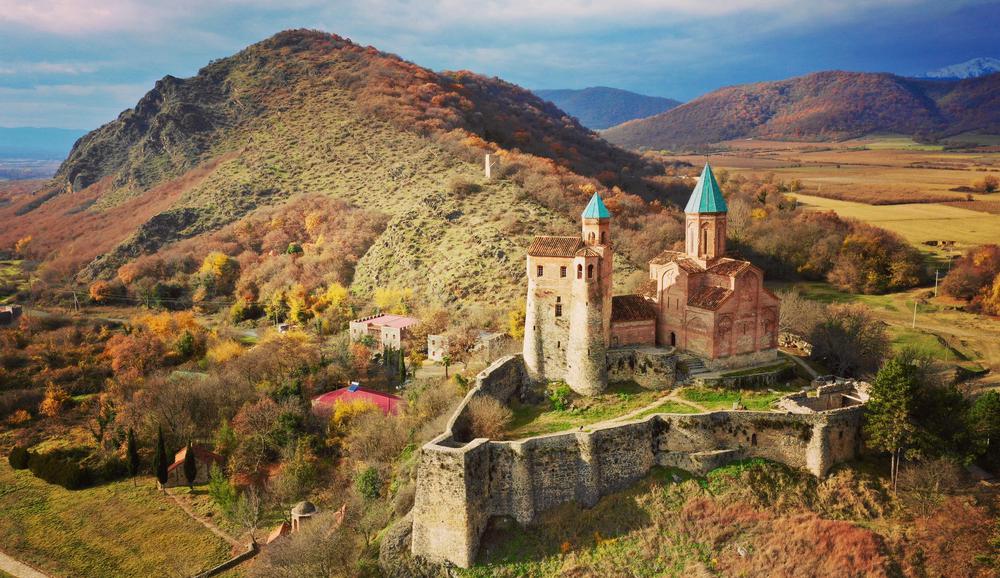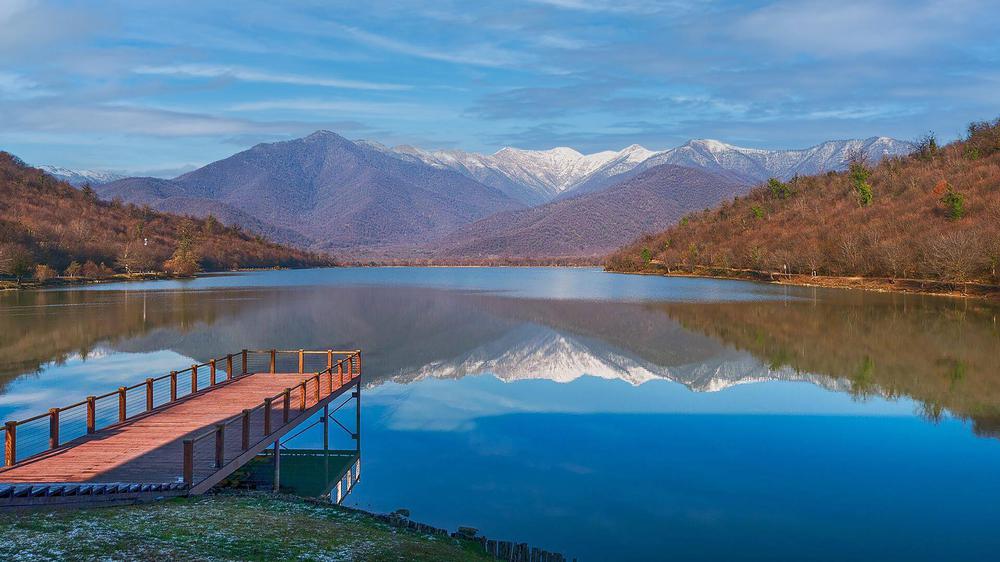Uncover the past at Gremi Archaeological Museum, a captivating site showcasing Bronze Age artifacts, medieval pottery, and stunning architectural structures.
Enveloped by the scenic landscapes of Kakheti, the Gremi Archaeological Museum stands as an emblem of a historically vibrant city that thrived in the 15th century. While the first settlements near Gremi likely appeared in the late Bronze Age, the city’s strategic and political prominence became more pronounced from the 15th century onwards.
Adjacent to the Gremi Archaeological Museum is the majestic Gremi Castle, its crown jewel being the well-preserved Archangel Church perched strikingly on a rocky ridge. Alongside it, a towering three-story palace and bell tower stand, further enhancing the castle's grandeur. The museum complex, in its own right, boasts a fascinating collection of archaeological treasures excavated from the regions of Gremi and Nekresi. It also features a historical wine cellar and a secret stone path that intriguingly meanders towards the Intsoba River.
Venture westward, and the city's remnants unfurl, showcasing merchant quarters, hotels, caravanserai, and royal baths, offering a peek into its bustling past. Evident from the ceramic plumbing pipes discovered, the city boasted a functional water system, further attesting to its sophisticated urban planning.
Situated 120 kilometers (approximately 75 miles) from Tbilisi, Gremi is in close proximity to other notable attractions such as Lagodekhi and its renowned national park, the age-old architectural marvel of Nekresi, the majestic Alaverdi Church in the sprawling Alazani Valley, and the tallest medieval church in Georgia.
However, the allure of Gremi goes beyond its historical significance. Like the rest of Kakheti, it's renowned for its hospitality, diverse cuisine, and exquisite Kakhetian wines that one can savor. Georgia's winemaking tradition extends back at least 8,000 years, earning the country recognition as the birthplace of wine.
The Gremi Museum proudly displays a wide array of archaeological findings, ranging from Bronze Age weapons and tools, jewelry, zoomorphic figures, iron axes from the 12th-13th centuries, 15th century pottery patterns, glazed tiles, and bricks, to 16th century water pipes, pitchers from various eras, and medieval copper pottery. Visitors can also explore the restored cellar with pitchers and a wine press, remnants of the royal baths, the caravanserai, fences, and the beautifully restored "Matarsa" church. Together, these relics offer an immersive journey through Georgia's intriguing past.












